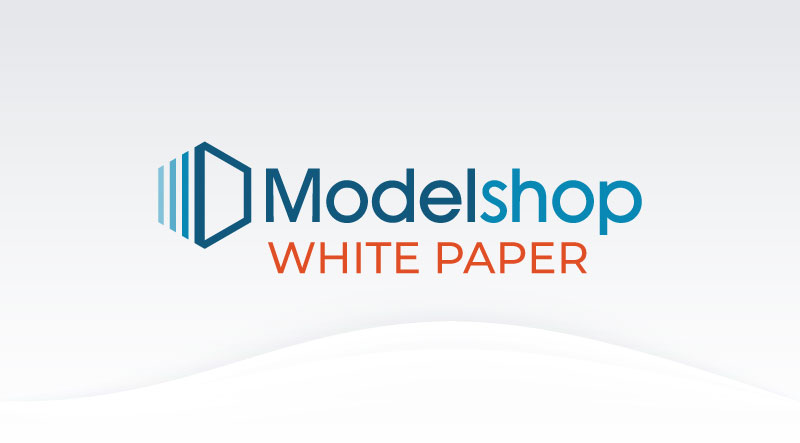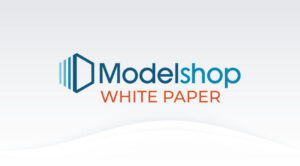Enhancing the credit union member experience and access with real-time personalized lending
Executive Summary
Building upon the “people helping people” credit union philosophy, C-level decision-makers must continually rethink the member experience. Increasingly, that includes adopting smarter credit risk models that harvest alternative data sources to create new member opportunities and enable frictionless transactions.
Gone are the days of a credit union relying solely on traditional risk models such as FICO, who founded its scoring model in 1956 and focuses on payment history, amounts owed, length of credit history and credit mix. While a FICO score still has value, with time comes change. In today’s marketplace, whether dealing with prime or subprime lenders, a credit union that relies on traditional credit scores alone is unwillingly experiencing a lack of precision, which leads to inconsistent credit decisions on behalf of their valued members.

Credit union members are rightly demanding the same level of service from their financial institution that they receive from online retail and ride share services, such as Amazon and Uber. So, credit unions, in turn, must provide a next generation experience powered by artificial intelligence (AI) that can interact with members, analyze risk and make data-driven decisions in real-time.
By better aligning their risk and IT teams, credit unions can leverage tools which allow the development and deployment of modern AI-based risk models without a significant technology lift. This approach uses no-code technology to connect knowledge-based employees and advocates into the credit union’s technology stack through application program interfaces (APIs). Taking a plug-and-play risk model approach reduces operational friction between risk analysts and the credit union’s IT department (or one that is outsourced). As such, credit union risk analysts can seamlessly pull data from the production environment and strategically design, test and deploy real-time decision models that can be reintegrated into the technology stack without the need to code or recode.
The purpose of this white paper is to educate credit union executives on the benefits of using AI to build, validate, deploy, and monitor risk models that optimize real-time lending decisions and enhance member engagement and experience. To this end, C-level executives will better understand the impacts no-code, real-time risk decision models have on the credit union lending space, such as with credit cards, automotive loans, and home equity lines of credit (HELOC), in 2024 and beyond.





